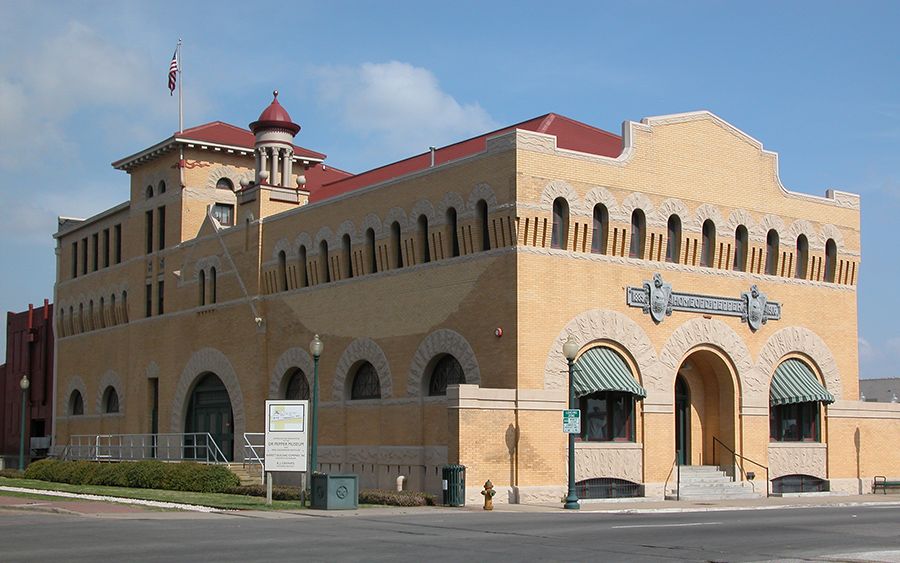One thing that worries me about a full restoration is the amount of collapse of the first floor slab and how the marble flooring will be replaced or matched. The teller cages were also marble from the counter down, and those could be easily damaged. From my photograph, it appears the marble matches the floor.
What I remain curious about and cannot find in any of the coverage or photos is just how much of the concrete on the first floor collapsed into the sub-basement. Was it just a section or was it all or most of the entire first floor?
I think it would be safe to assume that, at the very least, the floor in the corner of the building where the sidewalk collapsed also collapsed. There were news articles that discussed people needing to be rescued from second story windows. I would assume that would have been due to the floor under nearby stairways no longer being there.
But I also read accounts of other guests who climbed down pitch black staircases from the upper floors that did not make mention of having to be rescued through windows. That suggests to me that the floor underneath at least one staircase did not collapse. Also I saw video coverage which showed fire fighters going in through the building's Main Street entrance. Presumably they wouldn't have done so if there wasn't a substantial portion of floor remaining in that part of the building. I seem to remember seeing video of people come out of the door to the covered entrance at the back of the building - but that was before I had learned of the floor collapse and my memory of it is fuzzy.
Regarding replacement of damaged marble, assuming that substantial amounts of it remain intact on columns and any parts of the floor that did not collapse, here is my thought on what could be done. First, of course, would be to try and match it, especially if the quarry from which the original marble came is still open. But if if it is not possible, my suggestion would be, rather than to just do a modern remodel, to locate marble that is mostly similar and let the difference between the two marbles be a visible part of the building's history for future generations to see.
What brings this possibility to mind is the Dr. Pepper Museum in Waco at the beverage's old headquarters in the city where it originated. The building was repaired after being heavily damaged in the 1953 Waco tornado. I don't know if it was intentional or an inability to find an exact match, but the replacement brick was a slightly different color than the remaining original brick (see attached image). Rather than being a bad thing, I think the slight difference provides visitors with a better feel for the building's history. The design and aesthetic beauty of the original remains despite the slight difference. Imagine if they, instead, clad the damaged portion or the entire building with the ugly metal panels or mid-century style brick that was commonly used on 1950s era industrial buildings.
So if a match cannot be found for the W.T Waggoner marble, then let a slight difference in the replacement marble serve as a memorial and a visible indication of the extent of the damage caused by the blast.





 Find content
Find content Male
Male




